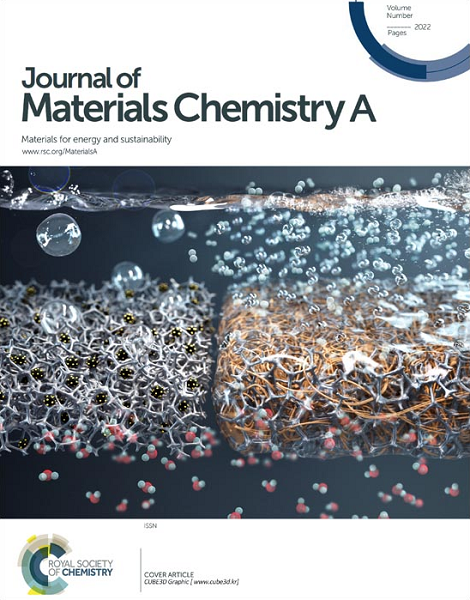Synergism of Pt single atoms, clusters and nanoparticles on carbon doping with nitrogen for nitroaromatics highly efficient and selective hydrogenation
IF 10.7
2区 材料科学
Q1 CHEMISTRY, PHYSICAL
引用次数: 0
Abstract
This work constructs a series of the Pt/NC catalysts with various Pt contents (0.22 wt%, 0.42 wt%, 1.08 wt%) via liquid-phase reduction method and their catalytic behaviors are systematically evaluated for heterogeneous catalytic hydrogenation of nitroarenes. The results show that 1.08% Pt/NC exhibits the most excellent catalytic performance: under quite mild conditions (30 °C, 1.0 MPa H2), it can efficiently convert nitrophenol within just 3 min (90.2% conversion), with nitro-group hydrogenation selectivity > 99% and the TOF of 5298.6 h-1, moreover, it has an extremely ultra-high TOF of 74191.8 h-1 in the hydrogenation reaction of nitrobenzene to aniline, showing ultra-high intrinsic activity. Additionally, using nitrobenzene selective hydrogenation as model reaction, the proposed reaction pathways are provided. Combining with Spherical Aberration Corrected-Transmission Electron Microscope (AC-STEM) and XPS characterizations, it can be known that Pt single atoms, clusters and nanoparticles are together loaded on the surface of nitrogen-doped carbon, and there is electron interaction between pyridinic nitrogen and Pt (electrons transferring from Pt to N). Compared with other catalysts, the electronic interaction between Pt and N in 1.08% Pt/NC is stronger, its adsorption capacity for hydrogen at Pt nanoparticles and clusters and -NO2 group at Pt single atoms via the interaction of of “Ptδ+---O=N” is much more superior, and it can greatly enhance the activity and selectivity of nitro-group hydrogenation.铂单原子、簇和纳米粒子对氮掺杂碳对硝基芳烃高效选择性加氢的协同作用
本文通过液相还原法制备了不同Pt含量(0.22 wt%、0.42 wt%、1.08 wt%)的Pt/NC催化剂,并对其在硝基芳烃非均相催化加氢反应中的催化性能进行了系统评价。结果表明,1.08% Pt/NC表现出最优异的催化性能:在相当温和的条件下(30℃,1.0 MPa H2),仅需3 min即可有效转化硝基苯酚(转化率为90.2%),并具有硝基加氢选择性>;在硝基苯加氢制苯胺反应中TOF高达74191.8 h-1,表现出超高的本构活性。并以硝基苯选择性加氢为模型反应,提出了反应途径。结合球差校正透射电镜(AC-STEM)和XPS表征可知,铂单原子、簇和纳米粒子共同负载在氮掺杂碳表面,并且吡啶态氮与铂之间存在电子相互作用(电子从Pt向N转移)。与其他催化剂相比,1.08% Pt/NC中Pt与N的电子相互作用更强,其通过“Ptδ+—O=N”相互作用对Pt纳米粒子和簇上的氢和Pt单原子上的-NO2基团的吸附能力更强,可以大大提高硝基加氢的活性和选择性。
本文章由计算机程序翻译,如有差异,请以英文原文为准。
求助全文
约1分钟内获得全文
求助全文
来源期刊

Journal of Materials Chemistry A
CHEMISTRY, PHYSICAL-ENERGY & FUELS
CiteScore
19.50
自引率
5.00%
发文量
1892
审稿时长
1.5 months
期刊介绍:
The Journal of Materials Chemistry A, B & C covers a wide range of high-quality studies in the field of materials chemistry, with each section focusing on specific applications of the materials studied. Journal of Materials Chemistry A emphasizes applications in energy and sustainability, including topics such as artificial photosynthesis, batteries, and fuel cells. Journal of Materials Chemistry B focuses on applications in biology and medicine, while Journal of Materials Chemistry C covers applications in optical, magnetic, and electronic devices. Example topic areas within the scope of Journal of Materials Chemistry A include catalysis, green/sustainable materials, sensors, and water treatment, among others.
 求助内容:
求助内容: 应助结果提醒方式:
应助结果提醒方式:


